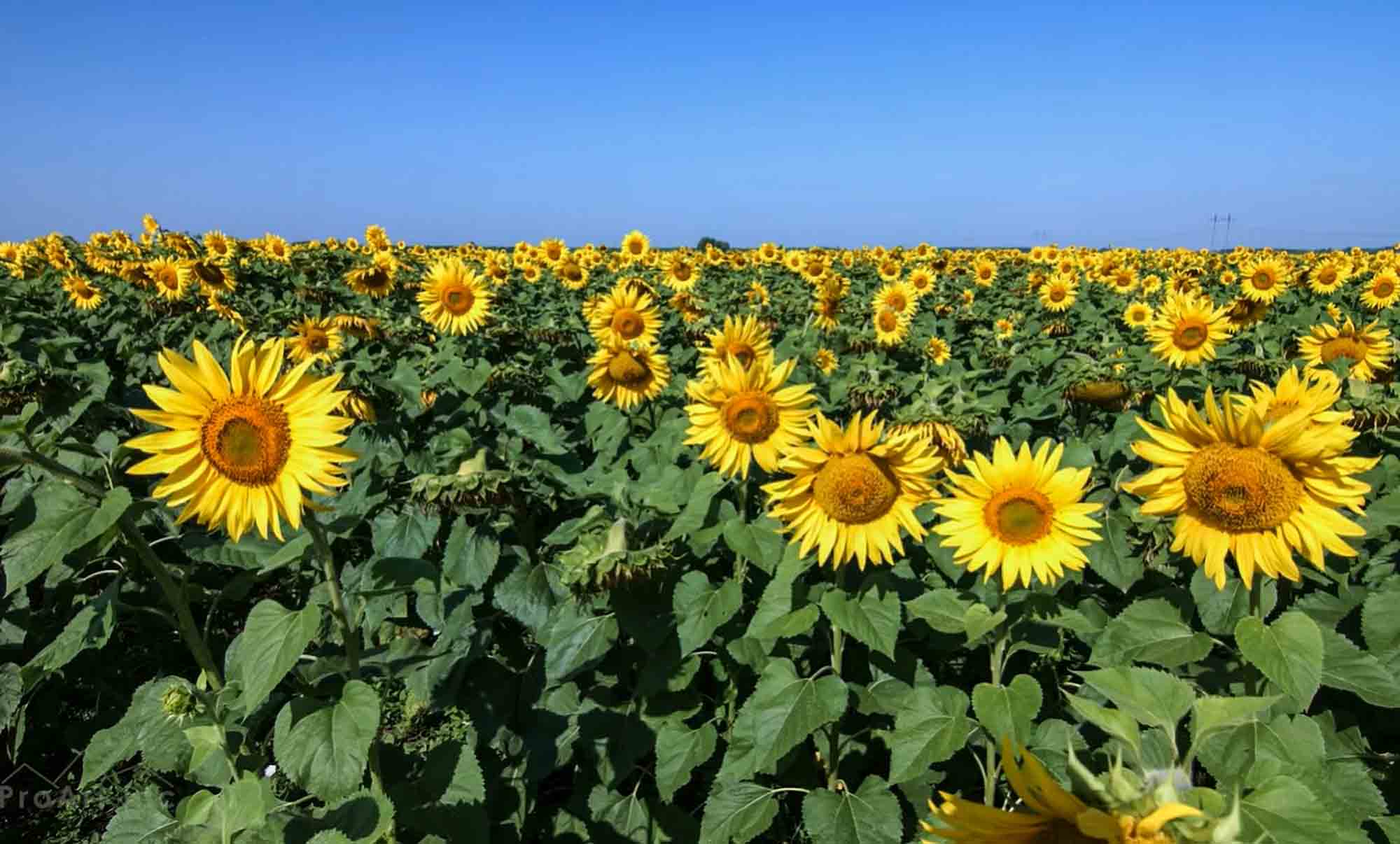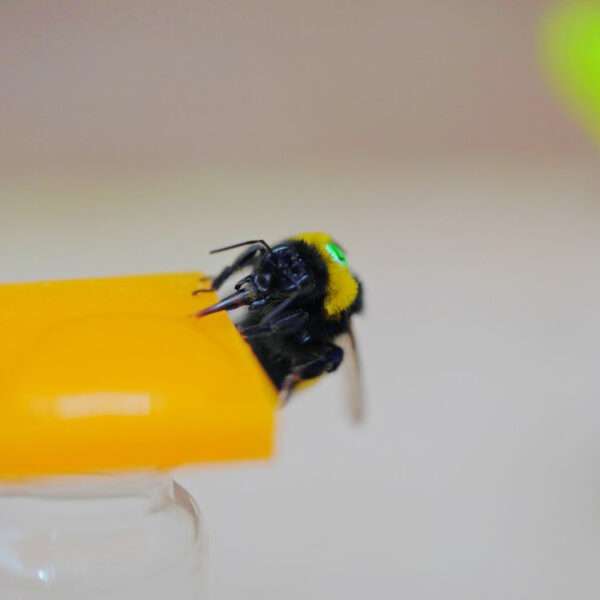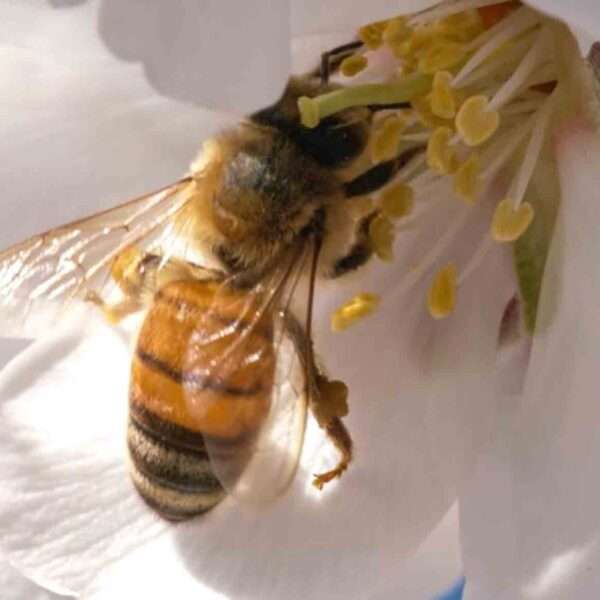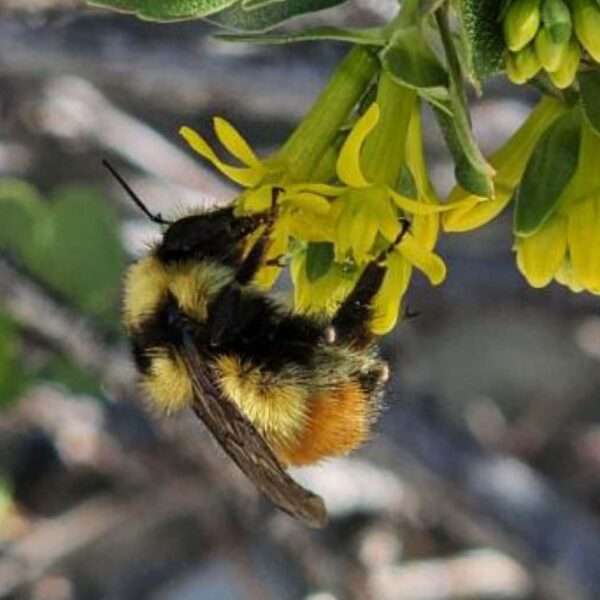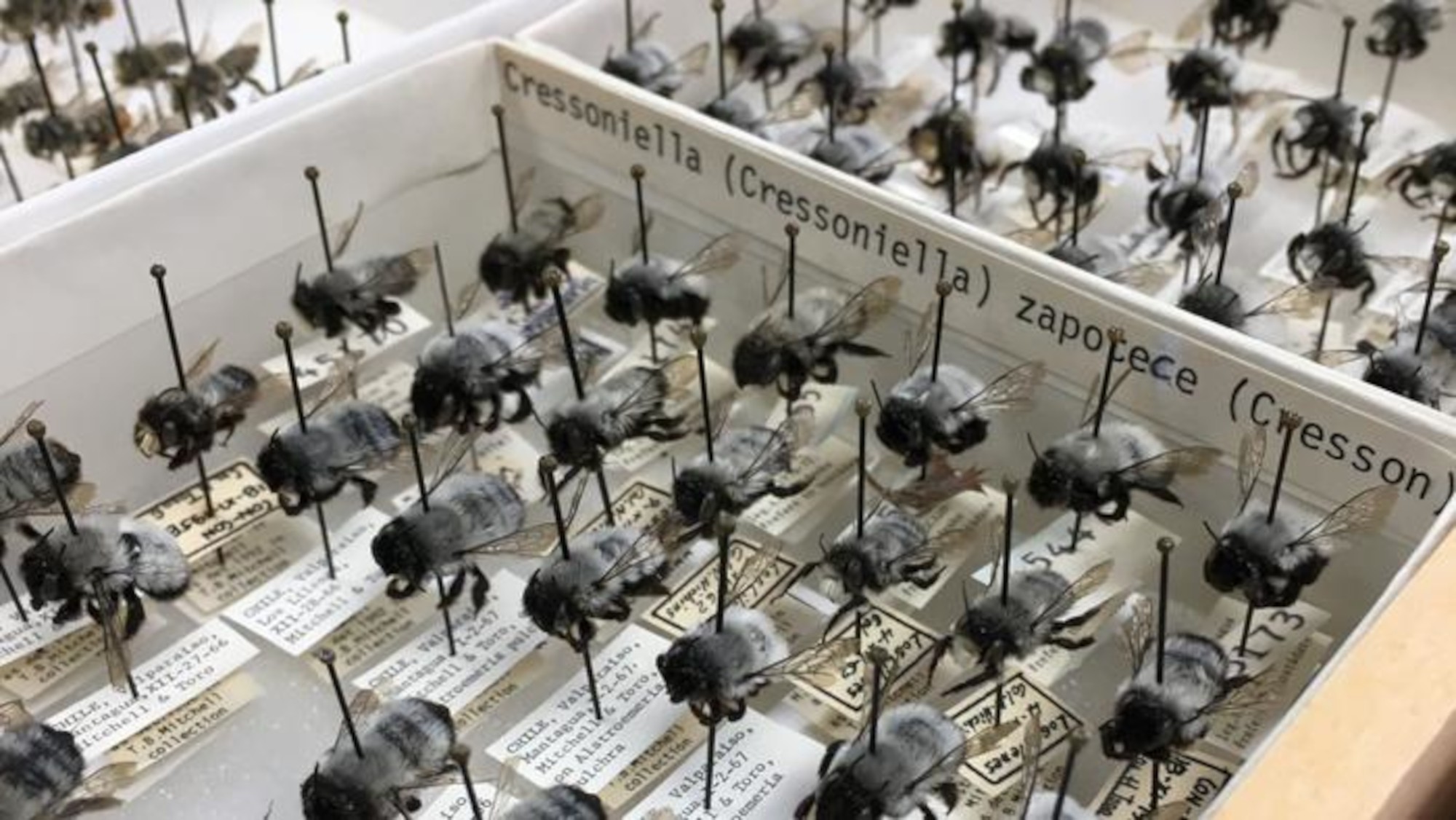Planting sunflowers could be the key to fighting a harmful mite that threatens bees all around the world, research by scientists in the United States suggests.
The Varroa destructor is a parasite which reproduces by attaching to the body of the bees. They get weaker as the mite sucks its fat-storage cells. These cells are of great importance concerning the pollinators’ detox capabilities and their chances of surviving in winter.
Varroa infestations can lead to the death of a whole colony.
Experts at the United States Department of Agriculture’s (USDA) Bee Research Lab in Beltsville, Maryland, wanted to determine whether there were any benefits to honeybees after previous studies indicated positive effects on the immune system of bumblebees.
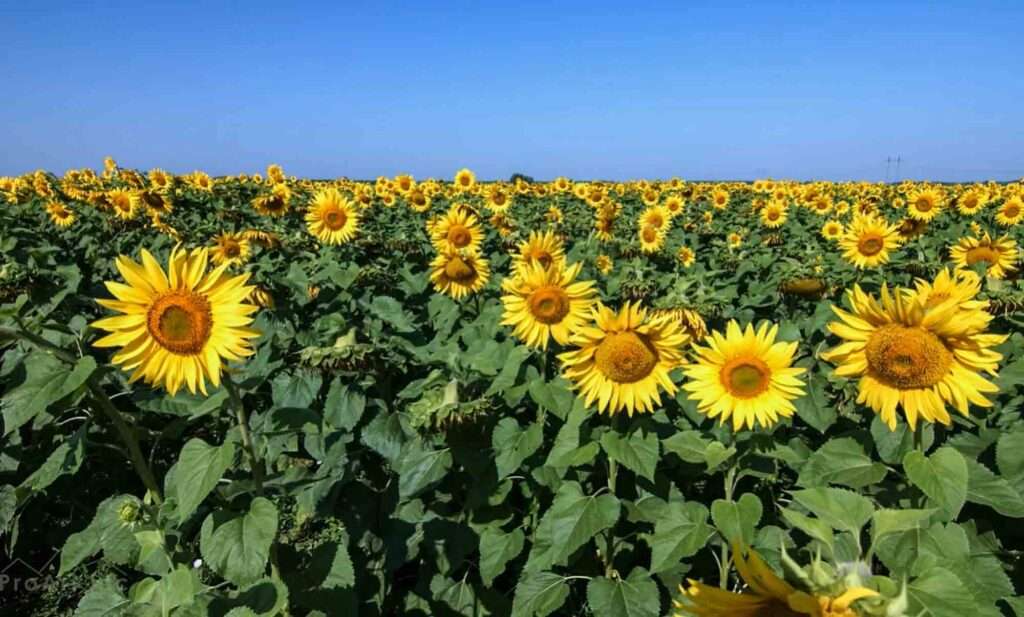
They found that honeybees from hives situated close to sunflower cropland had lower mite levels. This effect could be registered even if just a few of these plants were growing in the immediate vicinity of an apiary.
The USDA experts’ models suggest that each doubling of sunflower acreage within two miles (3.2 kilometres) of a honeybee hive could lead to a decrease in Varroa infestation by 28 per cent.
Lead author Evan Palmer-Young said: “Sunflowers appear to be protective against a major threat to honeybees.”
She criticised that the overall share of sunflower crops in the United States had been dropping in the past few years.
Evan warned that this could “limit bees’ access to sunflower-associated benefits.”
Sunflowers have been widely regarded as a mediocre source of nutrition for insects due to their low level of protein in their nectar and pollen.
Evan and her 11 co-authors – who published their study in the Journal of Economic Entomology – point out that there was not enough evidence to recommend specific changes in land use as yet.
Sunflowers (Helianthus) are annual or perennial plants. Some species can reach a height of 300 centimetres (118 inches). The genus consists of around 70 different species.
The USDA – which is headquartered in Washington, D.C. – focuses on meeting the demands of commercial farming and livestock food production. It also aims to assure food safety and protect natural resources.
Varroa mites originate from Asia. They were first detected in Japan in the early 20th century but quickly infested various areas around the globe.

The parasitic mite is responsible for spreading the latest variant of the dangerous Deformed Wing Virus.
Prof Robert Paxton from Martin Luther University in Halle, Germany, recently called the disease the “biggest threat to honeybees right now.”

